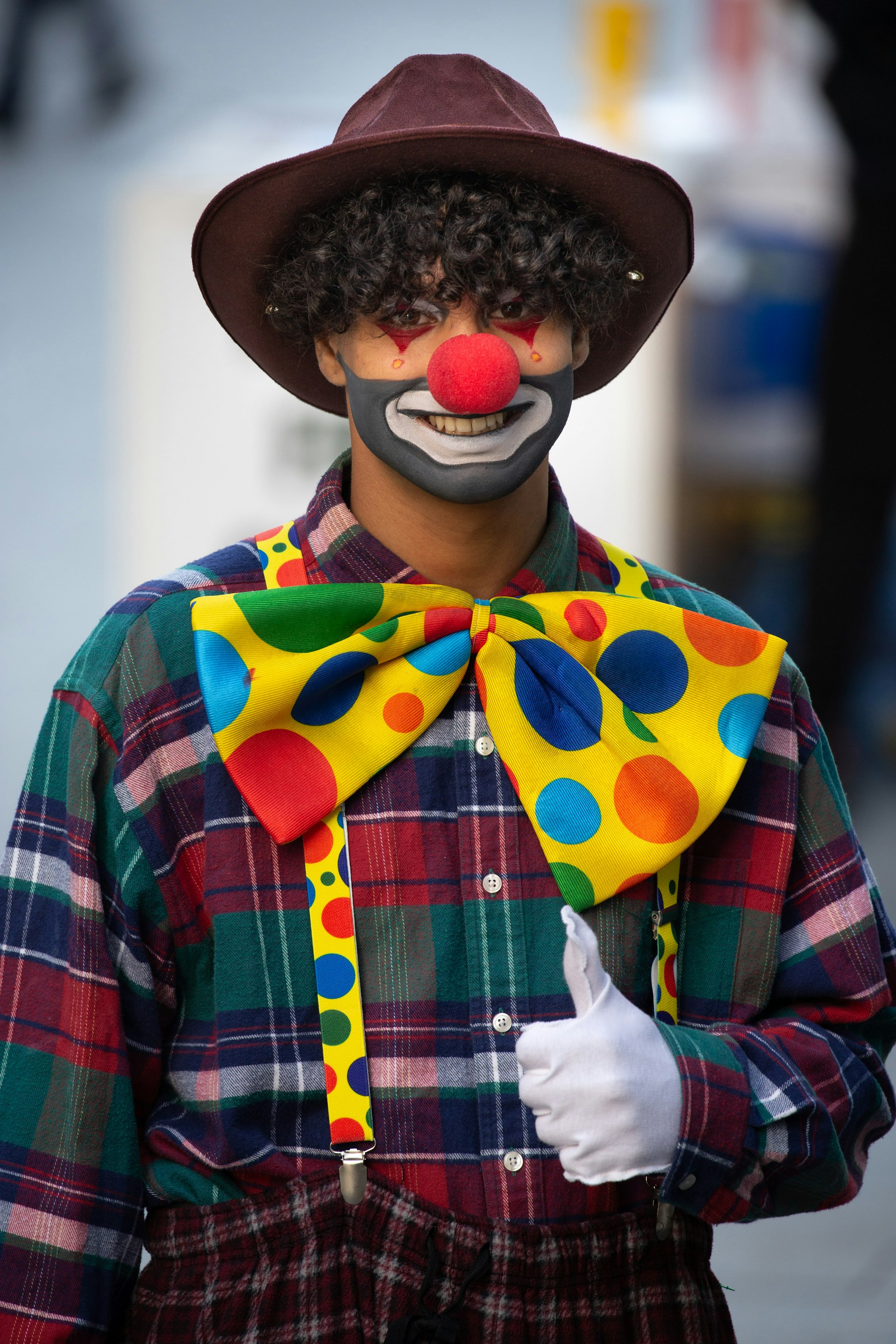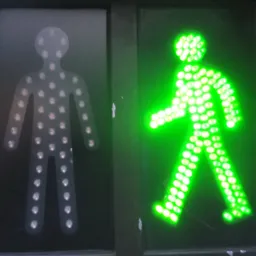The only successful consumer app is Entertainment
About the time I realised there's no such thing as a successful consumer subscription app outside of "entertainment".

Preface: As I shift from Marketing to Product, I'm finding it really useful to track my explorations as I go, and get responses + feedback from smart people. Please join in with your thoughts.
After 15 years working in B2B tech, it has been fascinating turning my attention fully to the consumer market with HouseHeld.
I wrote recently about how people don't adopt better ways of doing things, even when it's in their best interest. Even in B2B tech when it's literally your job to find better ways to do things, people don't. So consumer is a write-off.
But the more I think about it, the more I wonder if there's almost no such thing as a successful consumer subscription app outside of "entertainment".
I use the quotation marks because entertainment comes in different forms. For the purposes of this post, you might call it "a better way to pass the time"
Before we get to that, let's just dispense with the seeming B2C apps that are actually B2B:
- Advertising platforms – Search, social networks: they attract consumers with free products and sell their attention to advertisers
- Marketplaces – Amazon etc: product-makers are paying some margin to marketplaces to find them customers and ship.
So, back to B2C. Here's how I see it lined up:
Pure entertainment
Games, Streaming
The VAST majority of consumer subscription apps. Very nearly the only category that exists.
(and as a side note while we're here, if games are so successful, why did gamification die?)
Self-improvement
Education/ language, health/ exercise, mindfulness
Learning is fun! Exercise gives you the endorphin punch! Mindfulness makes you feel better! This is probably the second major category: where instead of vegging out, you do something good for you. But I think they only thrive when it feels like entertainment instead of eating your vegetables.
Downtime utilities
Flight-tracking apps (Flighty), Parenting apps
These are a curious part of the mix because they seem like handy utilities. But actually they work because they relate to periods of tedious and monotonous waiting. The true value is giving you something to fill the gap, which feels productive and effective.
So, what does this mean for someone trying to build a useful consumer app?
When and where someone uses your app is really important.
A flight-tracking app would flounder if you didn't have an audience stuck in taxis, airports etc waiting around. It feels like there are relatively few successful "break glass in emergency" apps. When you're in an urgent scenario, I wonder if apps and services go out the window and you just default to google/ phones etc.
How do you find the window where your app matters?
Make users feel something or lose.
It's easy to be tempted into building something that looks and feels like default iOS apps. But those apps have to be one size fits all for millions. They are hedging their bets with the most common needs. They are vanilla ice cream – and they can be, because nobody buys them.
Rethink user journeys and your "episodes"
The idea of "user stories" is thrown around all the time, but I think it could be even more useful to take it literally at the entertainment level. Your user story isn't entirely about making things easy, it's about making it ENGAGING and interesting. There should be value in the feelings of that rollercoaster ride itself.
Fill the time they were hoping to spend with something worthwhile - and think about the cliffhangers that will bring them back next time. The art of delivering satisfaction in the moment, but making a promise for a return visit is an ancient art, and it doesn't lie in UX etc – it lies in the classic nature of narrative.
I feel like I'm just getting started with this topic – but so far it has been a useful frame through which to consider my next steps for HouseHeld.

